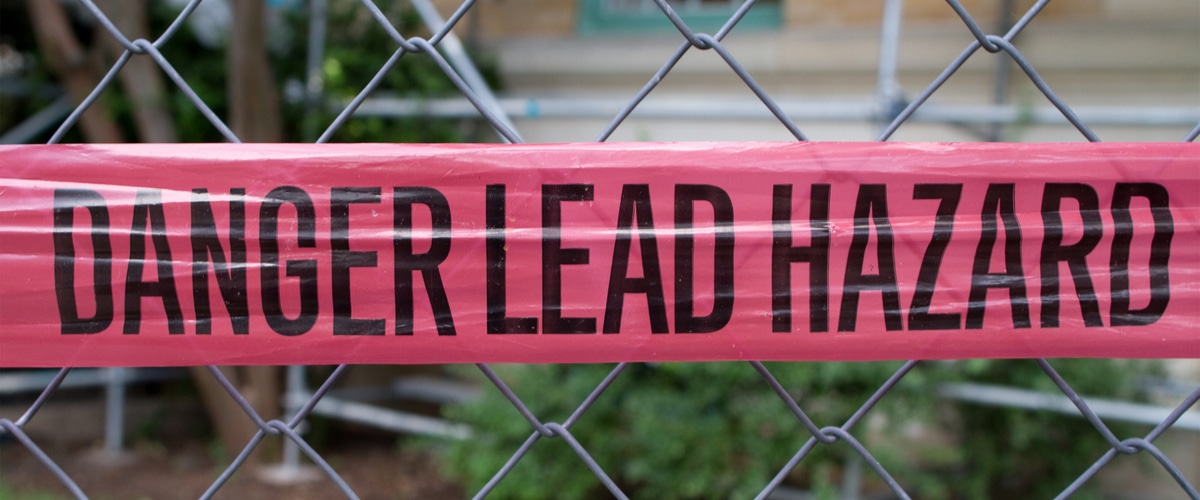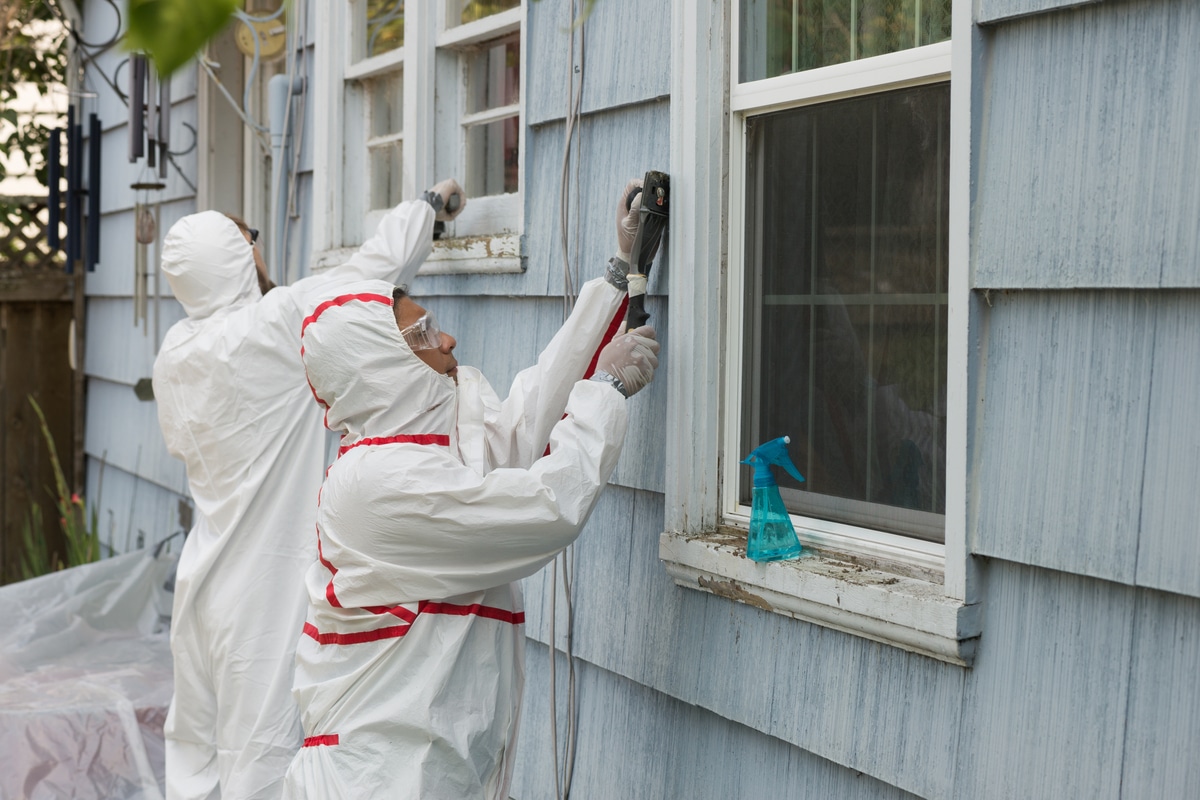Removing lead from homes and commercial properties has been an ongoing project since the US government discovered how harmful lead can be. Due to the dangerous nature of lead and the harmful effects of lead poisoning, lead removal work shouldn’t be trusted to just anyone. Certified lead renovators have special training that enables them to work with lead in the safest way possible. Continue reading to learn more about certified lead renovators, including the importance of EPA certification and their responsibilities on the job.
Understanding the RRP Rule
The Environmental Protection Agency’s Lead Renovation, Repair and Painting (RRP) rule states that if you are paid to perform renovation, repair, or painting work in houses built before 1978, you must be trained to do so. This rule was created to promote safe practices among contractors during construction projects that require lead paint disturbance. Holding an EPA lead renovator certification is necessary to do any work and will help you protect your clients, firm, workers, and yourself.
Preventing lead poisoning is the top priority and the reason the RRP rule exists. Lead can be found in dust, paint, water, and soil in or surrounding a house or building. Other unexpected places lead can be found include:
- Dishwares, such as lead-glazed pottery and leaded crystal glassware
- Toys
- Cosmetic items
- Certain foods, including candy
- Arts and crafts materials
- Piping
- Fishing sinkers and lures
Avoiding products with lead is just the start. If you suspect you have lead-based paint in your new home, hiring a professional to safely test for and remove it is critical. Contractors have to be educated on the proper renovation techniques, and necessary precautions in case lead is found in the building. The utmost care should be given to preventing lead in areas children frequent since they are most at-risk for lead poisoning. Safeguarding housing, schools, and daycare facilities is crucial.
What Is a Certified Lead Renovator?
When dealing with lead, whether in a residential or commercial building, it’s not only crucial to know how to handle the work safely, but it’s also required by law for work in properties built in or before 1978. Lead-based paint certification courses cover different types of work activity, including renovators, supervisors, inspectors, technicians, and more. Each job title requires different skills and certifications to safely remove lead and work in buildings where lead is present.
Contractors and property managers should enroll in the lead renovator courses to gain crucial training. Lead renovators include anyone who disturbs painted or coated surfaces containing lead-based materials. Typically, this includes everyone on a construction crew, making this certification crucial to the integrity of the work. Lead renovators look to improve the function and aesthetics of a home while maintaining high safety standards.
Certified lead renovators will have undergone both classroom training and hands-on work to learn the specific requirements surrounding lead removal in commercial properties and homes. They have to demonstrate proper knowledge of skills and safety procedures and pass an EPA test to pass the course. Once certified, these professionals will have to attend a refresher course prior to their certificate expiring.

Certified Renovator Qualifications
As mentioned, there are courses required to become qualified as a certified lead renovator. The process is simple and will help contractors avoid hefty fines for working on buildings with lead without the proper qualifications. Those that want to become certified lead renovators should:
- Register for the certification course that is required for your work.
- Attend and successfully complete the training course.
- Receive your Lead Certification.
Working with an uncertified lead paint contractor can have dangerous (and expensive) consequences. When dealing with lead in your home or commercial building, it’s crucial to do things right the first time around. Lead poisoning can have serious harmful effects, rendering it essential to have strict safety measures in place. The only instances when there are exemptions from the RRP rule are:
- Minor repairs and renovations
- Lead-free renovations
- Emergency construction
- Do-it-yourself repairs
Responsibilities of Certified Lead Renovators
Once a contractor is certified as a lead renovator, there are several responsibilities they hold while on the job. Each of these responsibilities is critical to the overall safety and integrity of the construction project. Without the proper oversight from a certified lead renovator, you will risk lead contamination. Certified renovators are aware of the risks and the necessary procedures to keep lead contained and avoid exposure.
The nine responsibilities of certified lead renovators include:
- Perform work and direct any non-certified renovation workers.
- Train all non-certified workers in lead-safe work practices.
- Maintain copies of training certifications onsite or electronically.
- When necessary, conduct testing for lead-based paint using EPA-recognized test kits or lead analysis of paint chip samples and report findings.
- Remain onsite during all phases of work, including set-up and clean-up.
- When not onsite, be available for crew questions.
- Ensure the containment is maintained to prevent the escape of dust and debris; utilize work practices that minimize dust.
- Conduct cleaning verification procedures to ensure the work is complete, and the work area is ready to reoccupy.
- Prepare a summary of the work, maintain training and certification records, and certify that all work was done in a lead-safe manner.
Contractors, or whoever holds the EPA certification, must be present during the entire scope of the project to ensure overall safety. Preparing the work area and following clean-up procedures are just as important as lead removal itself. All of the steps taken during projects that deal with lead are crucial to containing it and preventing exposure to the crew and those who occupy the building. Certified lead renovators are aware of their responsibilities and will work to uphold them on the job.
Safe Lead Removal With Certified Professionals
Any time lead needs to be removed or work is being done in a facility known to have lead, a certified lead renovator must be hired. Many buildings built before 1978 have lead present, making safe removal an essential part of any construction or repair work. Special care should be given to facilities where children are present since they are most at risk for lead poisoning. Contractors must keep their EPA certification current in order to perform their work.


